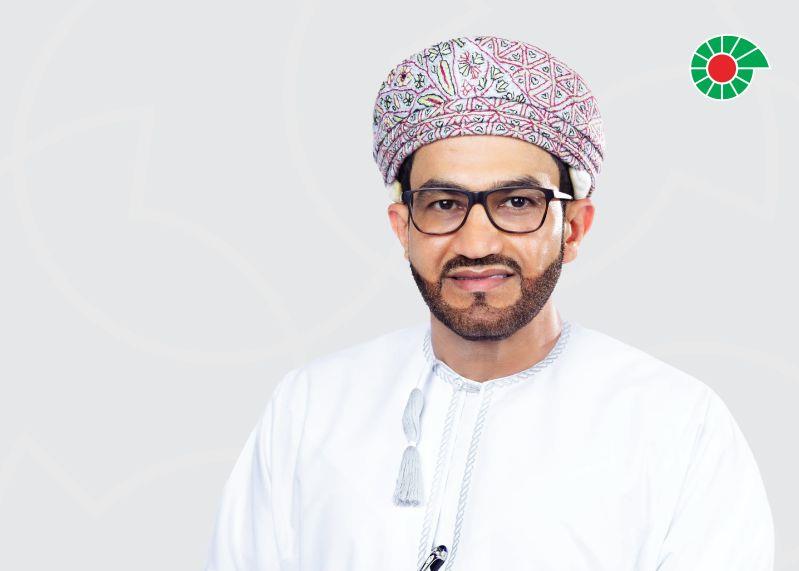

The single most important trend to emerge in the power segment over the past couple of years is the rise of renewable energy in the energy mix across the Middle East and North Africa (Mena) region. A significant proportion of new capacity additions now comprise renewable energy – largely photovoltaic (PV) solar, but also wind and solar thermal procurements.
A number of governments in the region have set ambitious renewable energy targets, which, coupled with demonstrated grid parity, have resulted in rapid acceleration in procurements and the mainstreaming of renewable energy programmes.
Dubai has targeted 25 per cent of its energy from clean sources by 2030, and 75 per cent by 2050, with successful procurements to date aggregating to 1.7GW at the emirate’s Sheikh Mohammed bin Rashid solar park.
Abu Dhabi has successfully procured a 1.1GW solar PV independent power project at Sweihan, and has identified additional procurement capacity of at least 2GW of PV solar over the next few years.
Saudi Arabia has also drawn up ambitious 9.5GW procurement plans for the next five years and has entered into a landmark memorandum of understanding with Softbank Group Japan to develop significant capacity.
[caption id="attachment_307577" align="alignleft" width="780"] A number of governments in the region have set ambitious renewable energy targets[/caption]
A number of governments in the region have set ambitious renewable energy targets[/caption]
Local content
A key trend that will become critical across the region is the concept of ‘localisation’ and ‘local content’ development. Saudi Arabia has set the benchmark with stringent localisation requirements in its renewable energy programme.
The intention in the wider Mena region is to ramp-up industrial capacity and create jobs. Another example is the Yeka solar PV and wind procurements in Turkey, which had local value-added manufacturing requirements built into the procurement process.
Privatisation of government assets and monetisation of asset values are likely to be looked at more seriously over the next few years as governments and procurers weigh the benefits of reduced government ownership on the back of a sustained period of low-to-moderate oil prices.
This has resulted in a strategic shift by governments in the Mena region towards greater private sector participation coupled with a drive to boost efficiency and attract international investment.
Challenges faced
Underlying structural changes have inevitably led to a number of challenges for developers over the medium term. The increased emphasis on renewables has resulted in a shift from the classic capacity payments concessions in much of the region based on an energy conversion with no resource risks towards projects with substantial resource risks from solar radiation and wind.
A related development is likely to be a shift towards quasi-merchant markets or corporate power purchase agreements that require new forms of expertise in terms of contract structuring, risk management and financing structures. Morocco already has a tried and tested regulatory framework in place, and Jordan recently made the first move towards embracing regulation. Oman is the latest entrant.
On the financing side, the reduction in the availability of long-term financings from the commercial bank market after the onset of the 2008 global financial crisis, and the subsequent tightening of the regulatory capital allocation norms and risk return frameworks across the banking markets, has led to the use of soft mini-perm structures.
This in turn has resulted in greater uncertainty and equity risk on investments. Developers now run additional risk in that any delays in refinancings or on the terms of refinancing could materially impact originally envisaged economic returns.
Privatisation steps
We anticipate an increase in privatisation and unbundling initiatives by governments across the wider Mena region over the medium term. In this context, the state needs to manage a large number of stakeholders and standardisation of underlying principles across multiple transactions.
The first vital step is the establishment of public-private partnership units and clear delineation of authority and responsibilities across the various entities involved, including ministries, energy authorities and agencies, as well as the development of concession frameworks that reflect the market realities.
Privatisations and unbundling of assets facilitate maximum international interest in scenarios where the framework allows bidders to enhance internal valuation. For example, structures that allow for repowerings, capacity enhancements and technology upgradations.
Furthermore, any privatisation process has to provide total clarity regarding any and all matters associated with asset quality, environmental compliance status, operational history, and most importantly, the treatment of existing staff and resources under labour restructuring guidelines and localisation requirements.
MORE FROM THIS MONTH'S AGENDA:
Comment: Power sector at cutting edge of economic reform
Main Agenda: Private investors sought to meet energy demand
Infographic: Delivering the goods
Industry Voice: Rajit Nanda, chief investment officer at Acwa Power
You might also like...

Microsoft invests $1.5bn in Abu Dhabi's G42
16 April 2024

Roshn and Dar Al Arkan sign Sedra deal
16 April 2024

Summit opens with promise to keep Cop28 commitment
16 April 2024

PDO gets first Omani managing director
16 April 2024
A MEED Subscription...
Subscribe or upgrade your current MEED.com package to support your strategic planning with the MENA region’s best source of business information. Proceed to our online shop below to find out more about the features in each package.





